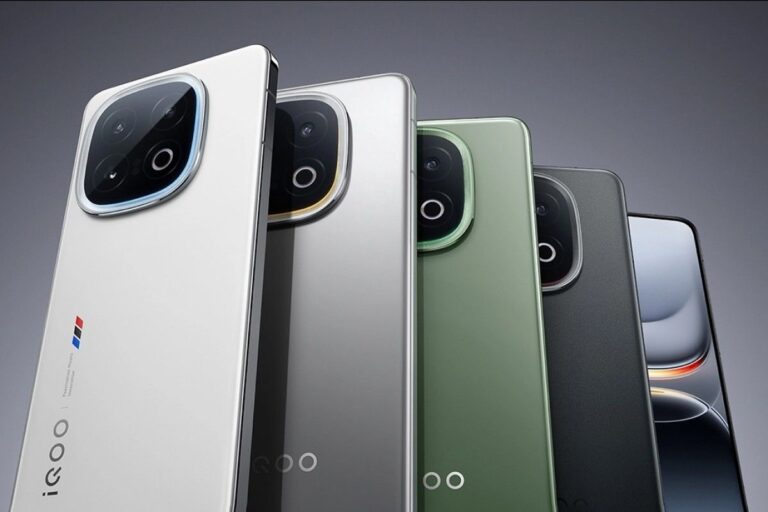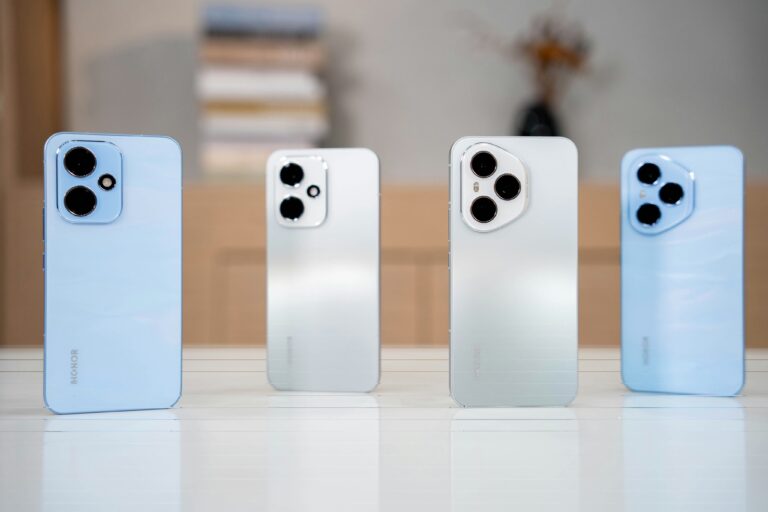
Google Beam 3D video conferencing platform demoed at I/O 2025 with lifelike hologram visuals
Imagine being on a video call with the person you’re talking to appearing in full 3D, looking you in the eye, and responding normally—like they’re sitting directly across from you. Welcome to Google Beam, the future of video calling.
During the Google I/O 2025 developer conference, CEO Sundar Pichai announced Google Beam, a next-generation 3D video conferencing system fueled by AI. This innovative tech advances the company’s previous Project Starline, bringing it from research labs into real-world readiness. Beam is meant to transform how we connect through distances with life-sized, immersive video calls that are indistinguishable from in-person meetings.
Table of Contents
What is Google Beam?
Google Beam is a communications system based on artificial intelligence that utilizes volumetric video to provide the experience of real-world interactions through video. It integrates computer vision, machine learning, and cutting-edge hardware to cast humans in 3D without the use of headsets or glasses.
Rather than a flat 2D screen, Beam uses a light field display and a six-camera array to capture a person’s appearance and movement from multiple angles. An AI model stitches these views into a real-time, life-sized 3D model of the person. The system runs at 60 frames per second, enabling near-perfect head tracking and ultra-smooth visuals.
A Giant Leap from Video Calls to Virtual Presence
Traditional video calls often fall short when it comes to eye contact, body language, and overall human connection. Zoom fatigue became a well-known term during the pandemic, highlighting just how emotionally draining digital meetings can be.
Google Beam aims to fix that.
With Beam, the conversation is richer in visual terms, more emotionally sincere, and a whole lot more immersive. It’s not merely looking at someone’s face on a screen—it’s about being simultaneously there in the same virtual world.
No Headsets, No Hassle
One of the biggest strengths of Google Beam is that it doesn’t require any wearables or VR headsets. Users simply sit in front of the Beam booth, and the system handles the rest. The light field display creates a hologram-like visual of the person, viewable from multiple angles—truly giving the illusion of depth and physical presence.
According to testers, it’s “the closest thing to a hologram” they’ve ever seen.
HP Partnership and Commercial Rollout
Google is partnering with HP to bring Beam to market. The companies plan to showcase the platform at the InfoComm 2025 audio-visual tech exhibition this June. Early adopters—most likely large enterprises and corporate clients—will be able to access Beam by late 2025.
Google also revealed it’s collaborating with Zoom and other tech companies to broaden Beam’s compatibility and user base.
Advanced Features and AI Capabilities
Beam’s standout features include:
- Volumetric 3D video powered by AI
- Six synchronized cameras capturing multiple angles
- Real-time head tracking down to millimeter precision
- 60 FPS lifelike display
- Light field rendering without the need for glasses
- Potential for live speech translation, similar to what’s coming to Google Meet
These innovations position Beam as more than just a communication tool—it’s a fully immersive presence platform.
How Much Will Beam Cost?
While Google has not disclosed official pricing, comparisons can be drawn with similar technologies. For instance, Logitech’s Project Ghost, which offers only 2D life-sized video without 3D effects, reportedly costs around $15,000 to $20,000 per booth.
Considering Beam’s added complexity and immersive capabilities, it’s reasonable to expect an even higher initial price point—at least for enterprise-level setups. However, costs may reduce as the technology matures.
The Future of Remote Communication
Google Beam could fundamentally reshape the way we work remotely, conduct meetings, or even connect with loved ones across continents. The tech aligns perfectly with the growing need for virtual collaboration, especially in global workforces and high-stakes industries like medicine, education, and creative design.
If successful, Beam could also usher in new forms of remote interviews, training, virtual events, and even telehealth consultations.
Final Thoughts
Google Beam isn’t just another video call tool—it’s a glimpse into the future of human interaction. Combining AI, spatial rendering, and sleek design, it promises to make virtual conversations as real and meaningful as physical ones.
And even though it is still in its testing phase and a full rollout is expected later in 2025, Beam is already generating buzz as one of Google’s most ambitious and exciting innovations in recent years.
Until then, you might want to start practicing your holographic lines—because the future of communication might just be a “Beam me up, Google” away.

Stay Tuned on Taaza Wire for more updates



